Where the words you've heard used at Christmas originate from
Here are the origins of some of the words you've almost certainly said or heard in the past few days
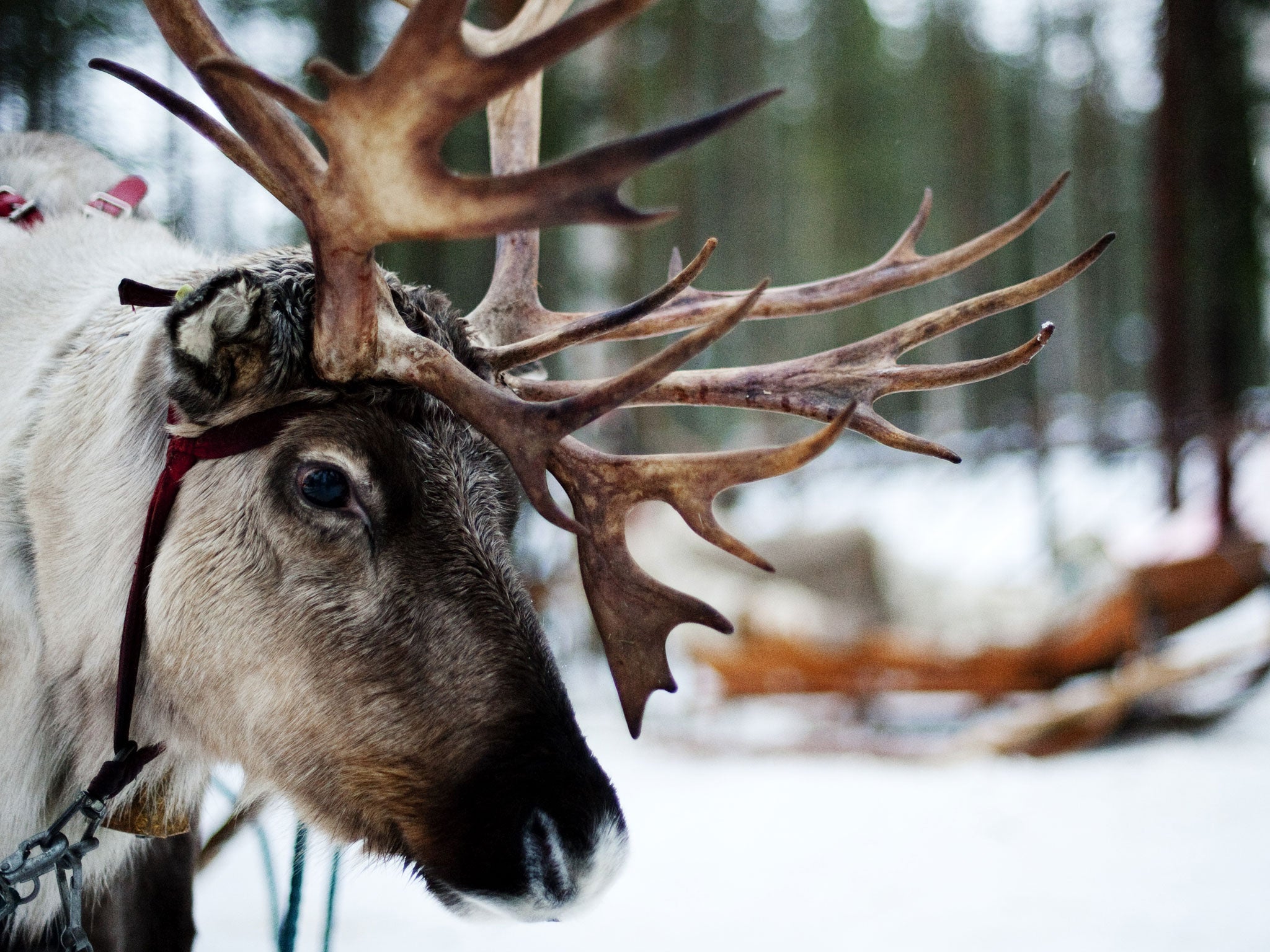
Santa Claus is a corruption of "Saint Nicholas", a patron saint of children. An old Dutch tradition involving giving gifts to children on St Nicholas’s Day, December 6, is probably the origin of the Santa Claus story.

Reindeer was borrowed into English from Old Norse and comes from rein, an old Germanic word for an animal’s horn (probably a reference to the fact that both male and female reindeer grow antlers). Rudolph might be the most famous reindeer of all, but his name literally means “famous wolf”.
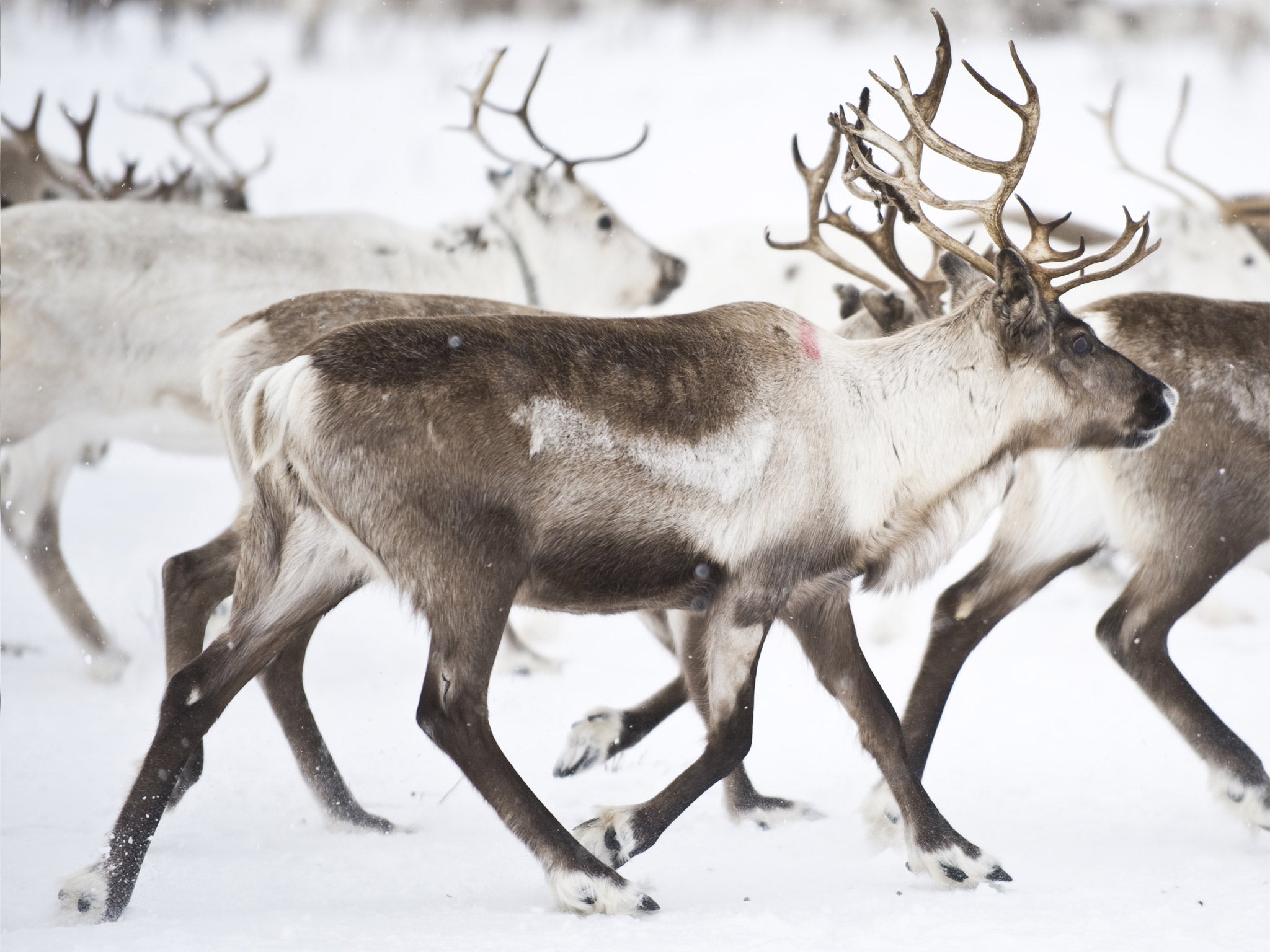
Festive comes from the Latin word for a feast, festum, and is an etymological cousin of words like fair, fête, and festoon. Advent is descended from the Latin word for an arrival or approach, adventus, and Yule comes from jól, an Old Norse name for a 12-day festival that once preceded what we now call Christmas. Jól became geol in Old English, from which the Anglo-Saxon names for December (ǽrra-geóla, “before Yule”) and January (æftera-geóla, “after Yule”) were both derived.

Holly and ivy were holen and ifig in Old English. Even earlier than that, holly probably took its name from an ancient word root meaning “to prick” or “puncture”, while ivy is likely related to an old Germanic word for hay.
Mistletoe combines the Old English words mistel (another name for birdlime, a sticky substance coated onto the branches of trees to catch birds), and tan (meaning “twig”). How these two came to be combined in the name of a plant, however, is debateable. But one suggestion is that mistel might once also have referred to another sticky bird-related substance—that is to say, a twig or branch covered in little white bird poos looks remarkably similar to a twig or branch covered in little white berries. Sadly, “kissing under the poo-twig” doesn’t sound all that romantic.
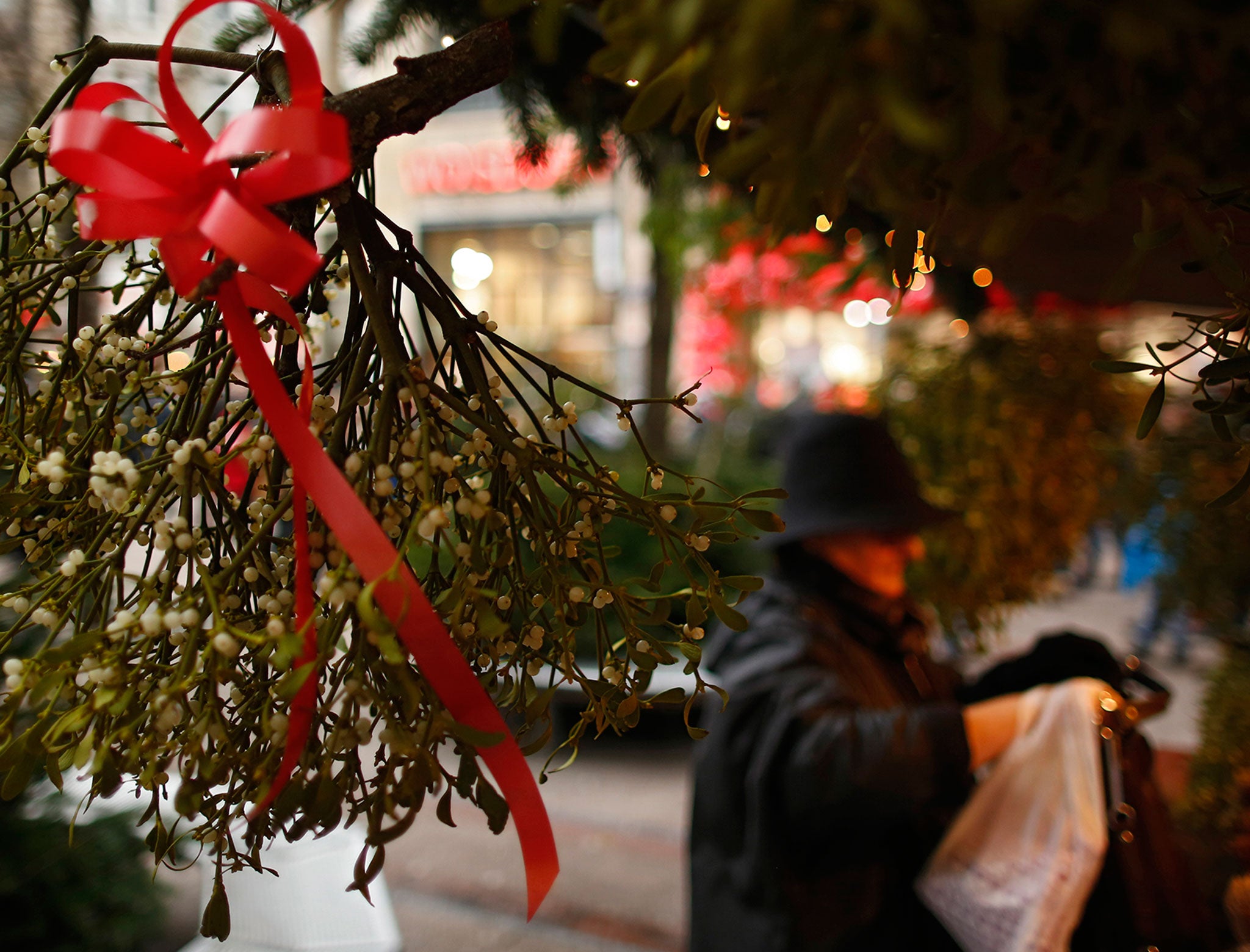
Pantomime comes from pantomimus, a dancer or mime in Ancient Roman theatre (literally an “imitator of everything”), who spoke no lines and instead merely performed to music. The original British pantomimes were likewise performed by mimes, playing stock characters like clowns and harlequins, before the trend shifted in the mid-1700s towards comic performances of well-known stories and fairy tales.
Tinsel was originally the name of a type of fabric interwoven with gold or silver threads, and takes its name from étincelle, a French word meaning “spark” or “sparkle”. Bauble comes from another old French word, baubel, for a child’s toy, or a showy but worthless trinket or knickknack.
Nativity was also borrowed into English via French, but comes from the Latin word for "birth", nativitas. Frankincense and myrrh are both fragrant oils or resins used to make incense and are named after the trees from which they’re obtained; the frank– of frankincense is an old French word essentially meaning "high-quality", while myrrh comes from an old Arabic word meaning "bitter". Manger comes from the identical French verb meaning “to eat”, and Bethlehem takes its name from a Mesopotamian deity named Lahamu. Bonus fact: the word bedlam (meaning a scene of madness or confusion) is a corruption of the name “Bethlehem”, thanks to an old London mental asylum called the Hospital of Saint Mary of Bethlehem.
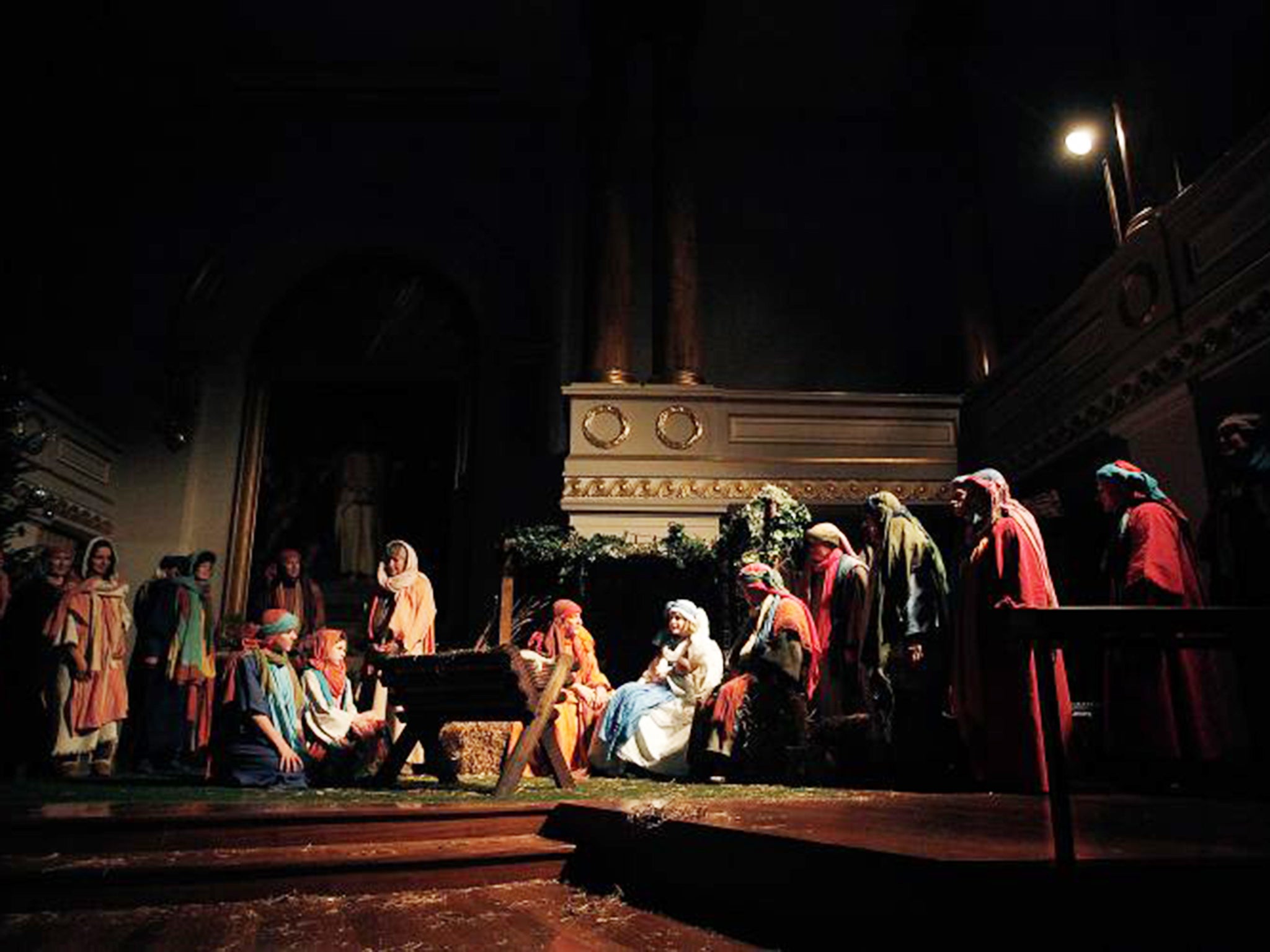
In the Middle Ages, a carol was just any old celebratory song or hymn, but even earlier than that it was the name of a type of folk dance or its music. Either way, it probably comes from an ancient Latin or Greek word for a flute-player: choraules.
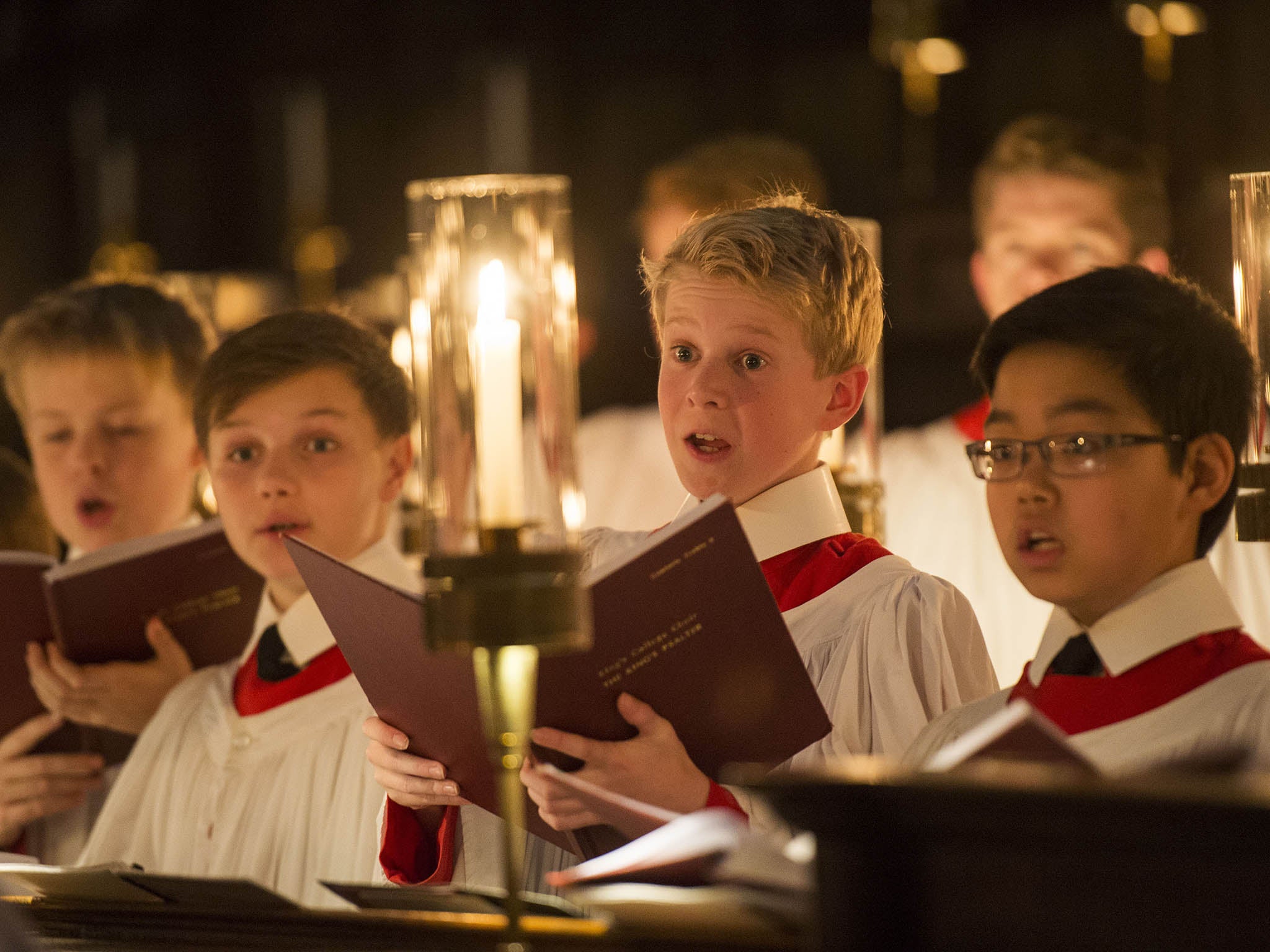
Turkey was originally the name of the African guinea fowl, which found its way onto European dining tables via Turkey, hence the name. When European settlers began sending North American turkeys back to Europe in the early 1500s, the two birds were wrongly assumed to be related and as a result the name turkey came to be reapplied despite the geographical mix up. English speakers aren’t the only ones to get their geography wrong though: in French, turkey is poule d’inde or “Indian chicken” (because the Americas were wrongly presumed to be India); in Portuguese, it’s peru (because the birds were mistakenly thought to come from Spain’s South American colonies); and in Malay, it’s ayam belanda or “Dutch chicken” (as it was the Dutch who first introduced the meat to their colonies in southeast Asia).
Cranberries are literally “crane-berries”, because their flowers supposedly resemble cranes’ heads. Chestnuts take their name from Castana, a region of Ancient Greece from which they were probably originally imported into the rest of Europe. The mince of mince pie comes via French from a Latin word meaning “made small” (and is related to minus and minutiae). And the –nog of eggnog is an old name for strong ale or beer, which in turn probably comes from an old Scots word, nugg, for a drink heated up by putting a red-hot poker into it.
Merry Christmas!
Join our commenting forum
Join thought-provoking conversations, follow other Independent readers and see their replies
Comments
Bookmark popover
Removed from bookmarks